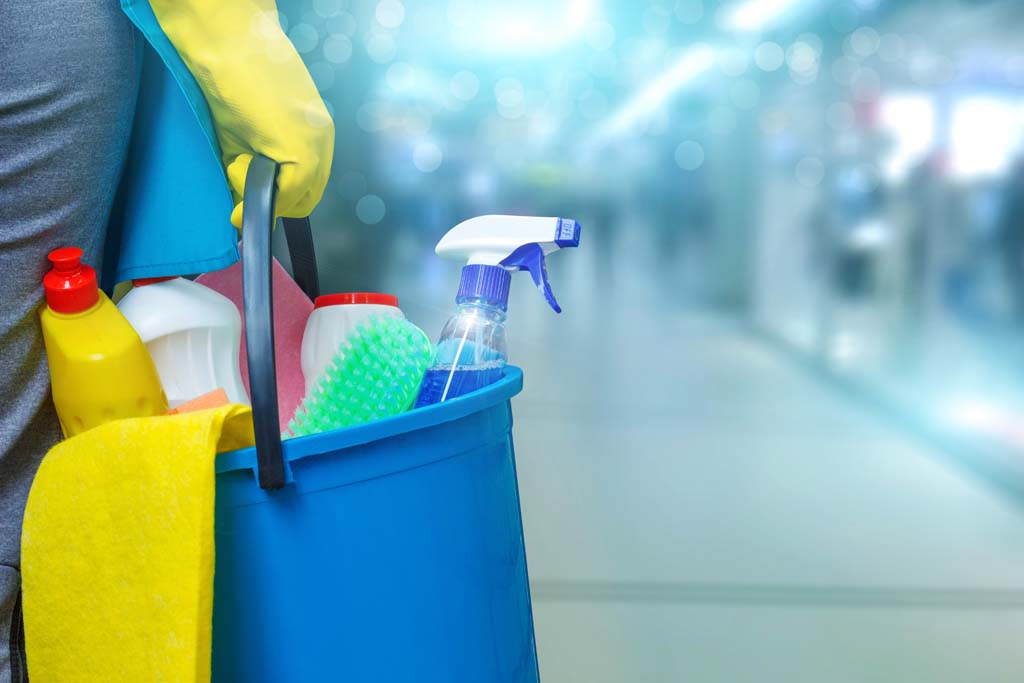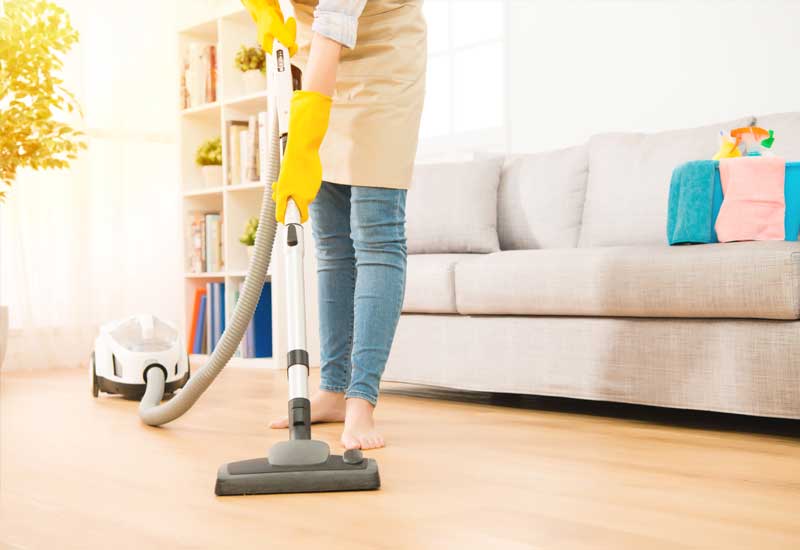Understanding the Demand for Extensively Disinfecting and Sterilizing Regularly Touched Surfaces in High-Traffic Locations
In the realm of public wellness and safety, the careful sanitation and sanitization of often touched surfaces in high-traffic areas stand as vital measures in protecting against the spread of dangerous pathogens. The relevance of this technique extends much beyond simple sanitation, diving into the realm of condition prevention and neighborhood wellness. By discovering the various elements of surface area disinfection, from the risks connected with disregarding cleansing procedures to the reliable methods that can be utilized, a more clear understanding arises of the vital role these techniques play in protecting public health and wellness. As we browse this conversation, it comes to be apparent that the ramifications of extensive surface disinfection reverberate not only within the confines of a particular atmosphere however additionally resonate on a broader scale, impacting the health and security of people throughout varied public setups.
Value of Surface Area Sanitation
Emphasizing the thorough sanitation of high-traffic surfaces is essential in maintaining a sanitary atmosphere and preventing the spread of unsafe virus. High-touch surfaces such as door takes care of, light buttons, lift buttons, and counter tops function as reproducing grounds for microorganisms and viruses. Normal disinfection of these surface areas is important to minimize the risk of contamination and transmission of ailments.
By executing a durable disinfection method, institutions and businesses can develop a much safer setting for clients, site visitors, and employees. Appropriate surface area sanitation not just reduces the spread of transmittable conditions however also instills confidence in the tidiness and safety and security of the properties. This positive technique shows a dedication to health and health, which is particularly essential in high-traffic locations where the probability of direct exposure to microorganisms is enhanced.
Moreover, surface disinfection plays a critical duty in overall infection control techniques. Integrated with hand hygiene methods, wearing masks, and preserving physical distancing, detailed sanitation of high-touch surface areas creates a detailed protection versus the transmission of dangerous microbes. Focusing on surface area sanitation is a crucial part of an all natural technique to health and wellness and security in shared spaces.
Dangers of Ignoring Cleaning Practices
Disregarding comprehensive disinfection of high-traffic surface areas dramatically heightens the threat of microbial and viral contamination, posing a major risk to the health and wellness of people frequenting these rooms. Failure to apply appropriate cleaning techniques can lead to the buildup and spread of dangerous microorganisms, including germs and viruses, on frequently touched surface areas such as doorknobs, handrails, elevator switches, and countertops.

Furthermore, neglecting the value of comprehensive cleansing not just compromises the health of individuals yet also weakens efforts to maintain a sanitary and clean setting. It is vital to recognize the importance of proper sanitation protocols in preventing the spread of infections and securing public wellness.
Effective Sanitation Methods
To keep optimum sanitation and reduce the risk of contamination on high-traffic surface areas, using effective disinfection methods is important. One of the most efficient and common disinfection techniques is utilizing chemical disinfectants.
Another efficient method is using UV-C light. UV-C light has been shown to be reliable in eliminating a vast selection of microbes by interrupting their DNA structure, therefore preventing them from duplicating. It is vital to use UV-C light correctly, ensuring that the proper strength and exposure time are used to accomplish the preferred disinfection outcomes.
Additionally, using heavy steam cleansing as a disinfection technique can be very effective, specifically on surfaces that are heat-resistant. Vapor can penetrate porous surfaces and eliminate microorganisms, viruses, and various other pathogens efficiently. When using heavy steam cleansing, it is crucial to ensure that the surface gets to the look at this website required temperature for an enough amount of time to ensure appropriate disinfection.
Effect On Public Wellness
The maintenance of high requirements of sanitation and disinfection on high-traffic surfaces plays a critical role in safeguarding public wellness. Regularly touched surfaces in locations with high step, such as doorknobs, handrails, lift switches, and washroom facilities, function as breeding premises for hazardous microorganisms. Stopping working to appropriately decontaminate these surfaces can result in the fast spread of transmittable illness within communities. By carrying out thorough disinfection protocols, the danger of transmission of infections, microorganisms, and other germs can be considerably reduced.
Efficient cleanliness practices not only protect individuals from falling ill but additionally add to the total wellness of society. Public health and wellness authorities emphasize the significance of keeping tidy settings to avoid break outs and consist of the spread of diseases. In high-traffic locations like flight terminals, institutions, health centers, and public transport systems, the effect of extensive disinfection steps can not be understated. Focusing on the sanitization of often touched surfaces is a positive technique to promoting public health and boosting the security of people in shared spaces.
Carrying Out Regular Cleaning Up Protocols
Without delay instituting and sticking to a consistent routine of cleansing procedures is paramount for preserving the sanitation and security of high-traffic surface areas. Normal cleaning methods are vital in preventing the accumulation of bacteria and pathogens on frequently touched surface areas, specifically in areas with high foot website traffic. By executing a systematic technique to cleansing, organizations can successfully lower the danger of condition transmission and create a healthier atmosphere for staff members, customers, and the public.
To develop a reliable cleaning routine, it is vital to identify high-traffic locations that call for constant focus. These areas may include doorknobs, hand rails, lift switches, restroom facilities, and shared devices. Applying a routine cleaning regimen that targets these surfaces multiple times a day can substantially lower the spread of harmful bacteria and viruses.
Furthermore, using proper cleansing representatives and anti-bacterials is vital to ensuring that surface important site areas are extensively sanitized. Regular training of cleaning staff on correct cleansing strategies and the importance of adherence to the cleansing timetable is additionally crucial in keeping a sanitary atmosphere. By prioritizing constant cleaning methods, organizations can advertise the health and wellness and wellness of individuals that connect with these high-traffic surface areas.

Conclusion
To conclude, it is critical to prioritize extensive sanitation and sanitization of regularly touched surfaces in high-traffic areas to avoid the spread of hazardous microorganisms and preserve public health and wellness. Disregarding correct cleansing techniques can increase the risk of contamination and transmission of diseases. By implementing regular cleansing methods and using effective sanitation approaches, we can develop a much safer setting for everybody (Vacuum Carpets). It is important to recognize the significance of keeping tidy surfaces in high-traffic areas to guarantee the well-being of the area.
In the realm of public health and wellness and security, the meticulous sanitation and sanitization of often touched surface areas in high-traffic areas stand as paramount procedures in protecting against image source the spread of damaging pathogens. By discovering the numerous elements of surface area sanitation, from the risks linked with overlooking cleansing procedures to the effective approaches that can be utilized, a more clear understanding emerges of the important duty these techniques play in protecting public wellness.Additionally, utilizing steam cleaning as a sanitation technique can be very effective, particularly on surface areas that are heat-resistant. When using steam cleansing, it is vital to guarantee that the surface area gets to the required temperature for an enough amount of time to ensure correct disinfection.
In conclusion, it is critical to prioritize complete disinfection and sanitization of frequently touched surfaces in high-traffic areas to protect against the spread of harmful microorganisms and keep public wellness.
Comments on “Detailed Everyday Cleaning Overview: Specifically How to Scrub the Surfaces, Vacuum Carpets, and Clear Out Any Clutter Efficiently”